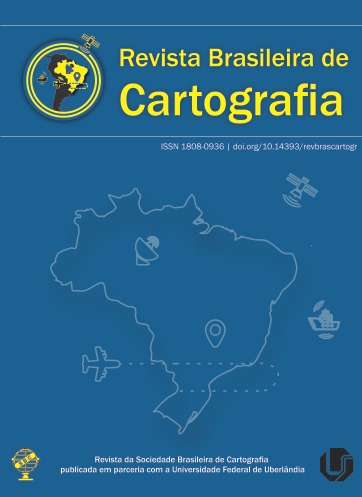Detection and Hierarchy of Aedes aegypti Clusters by the Scan Statistic with a Space-time Permutation Model
Main Article Content
Abstract
The use of spatial statistics associated with human epidemiological studies has intensified in the last two decades. In this sense, this article uses scan statistic for detections of spatio-temporal clusters of Aedes aegypti outbreaks at the urban area of Joinville, Santa Catarina. The control of this insect is very important for many cities in Brazil, which has presented some difficult in order to restring infestations, due to the survival of these insects and also dangerous factors related to the society. The aim of this paper is to apply an statistic spatio-temporal model in order to identify clusters, defining its location, size and order. The systematization of the database covers the dairy records of Ae. aegypti outbreaks, of the period from January 2009 to September 2018, led by the Office of Epidemiological Surveillance of Santa Catarina. The outbreaks which were located with the use of the cadastral data of Joinville. For the statistical analysis, the space-time probability model was used, based on the retrospective approach. In the result of this research it was possible to showed the potential of this model in order to detect historical and active clusters. The retrospective approach has identified 26 clusters; the only one active was located at the Boa Vista neighborhood, which shows that this region needs intervention measures. The development of the method was efficient for knowledge of historical clusters and, mainly, for definition of early outbreaks. This characterizes Scan statistics as an important tool in order to guide the sanitary activities for insect control.
Downloads
Metrics
Article Details
Authors who publish in this journal agree to the following terms:
- Authors retain copyright and grant the journal right of first publication with the work simultaneously licensed under a Creative Commons Attribution License that allows others to share the work with an acknowledgment of the work's authorship and initial publication in this journal.
- Authors can enter into separate, additional contractual arrangements for the non-exclusive distribution of the journal's published version of the work (e.g., post it to an institutional repository or publish it in a book), with an acknowledgment of its initial publication in this journal.
- Authors are permitted and encouraged to post their work online (e.g., in institutional repositories or on their website) before and during the submission process, as it can lead to productive exchanges, as well as earlier and greater citation of published work (see "The Effect of Open Access").





